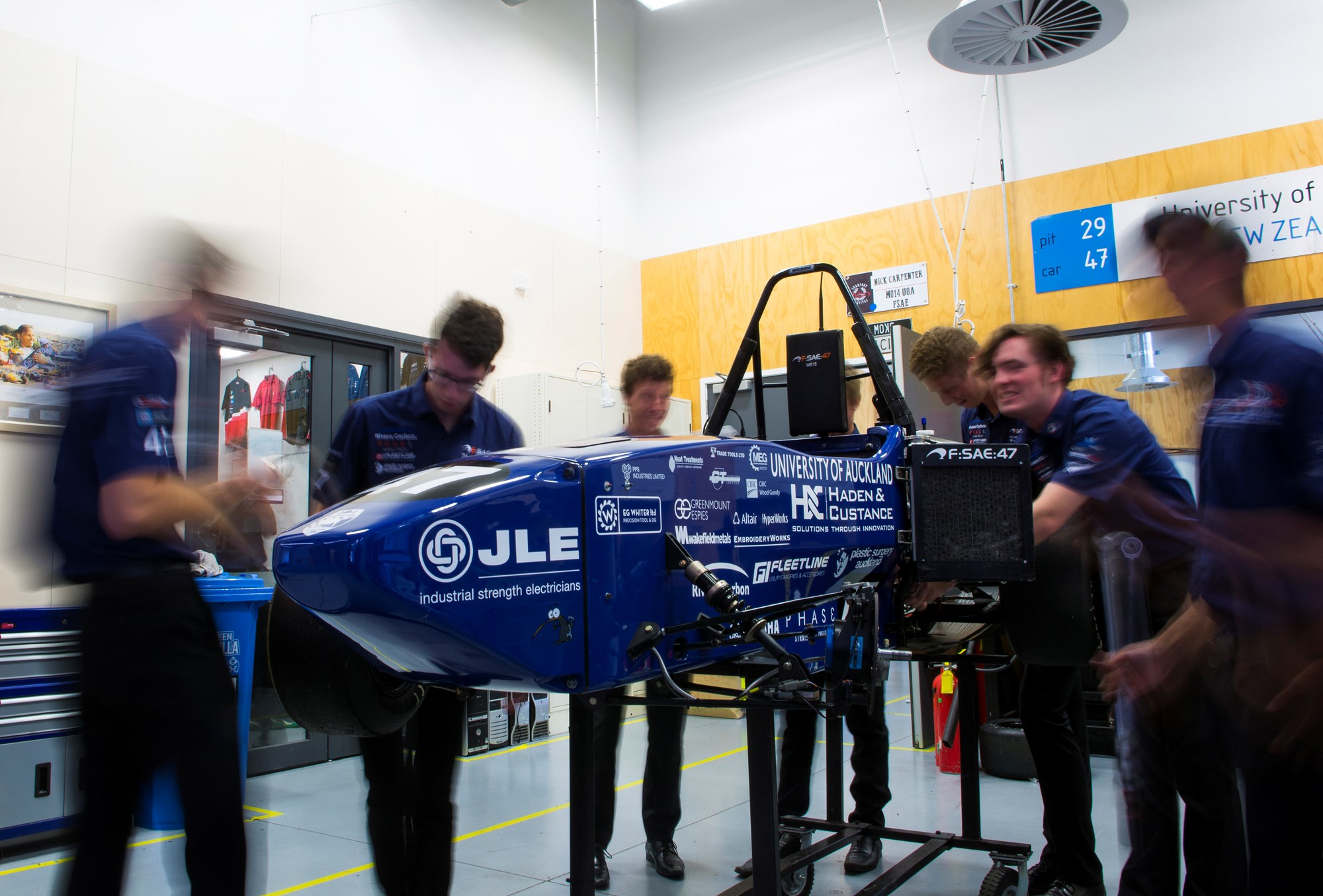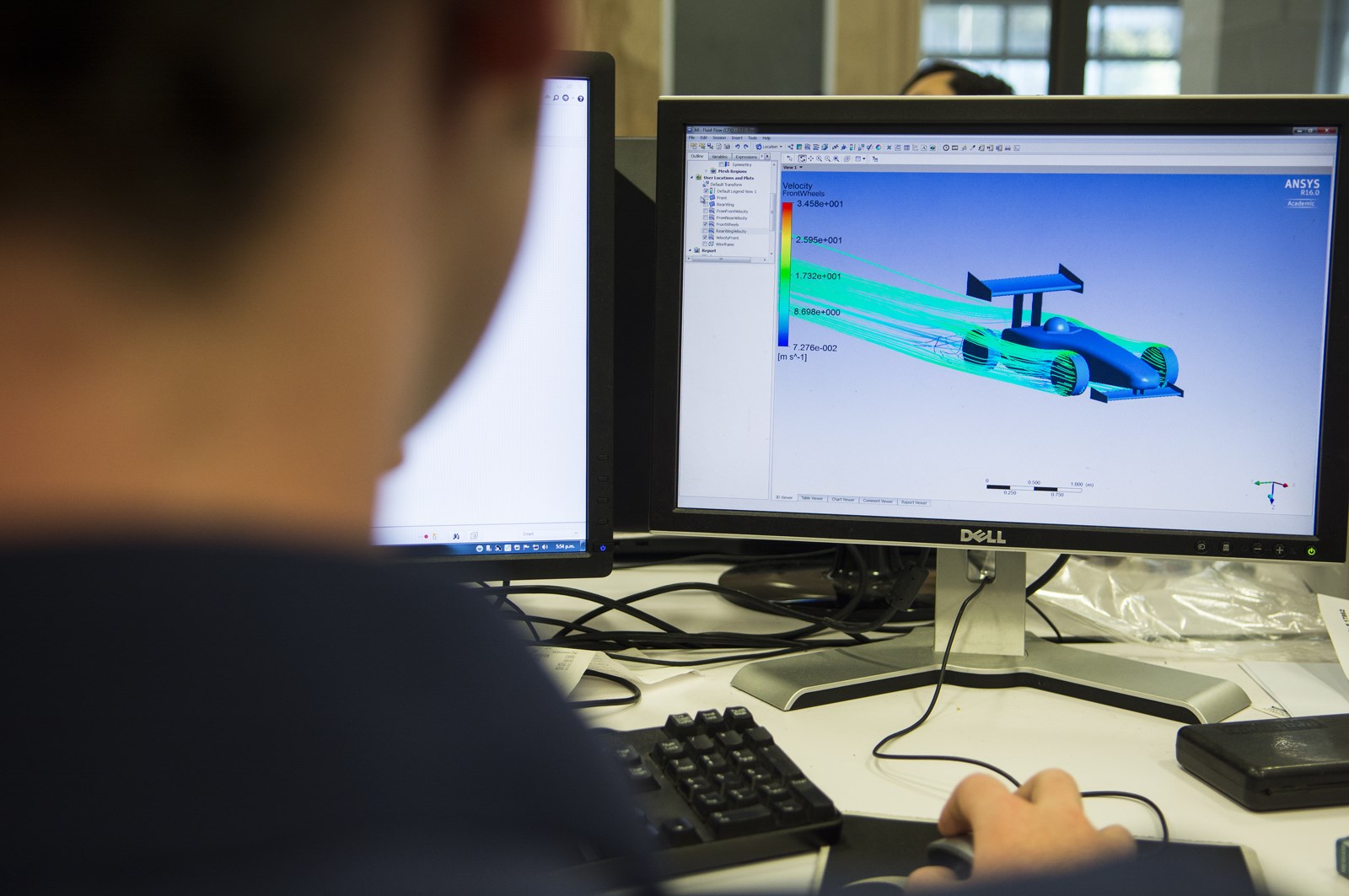LOCAL STUDENTS HOPE NEW DRIVE TRAIN WILL PUT THEM AHEAD OF THE PACK
The University of Auckland’s Formula SAE-A (FSAE-A) programme will debut an electric power train at this year’s edition of the automotive engineering competition.
Formula SAE-A is a student design competition organised by SAE Australasia (previously known as the Society of Automotive Engineers).
This is the 13th time the University of Auckland has competed in FSAE-A, but it will be their first time using an electric-powered car.
“It’s certainly where the competition is going, so we want to get a bit ahead of the curve,” said Jack Beagley, the team’s chief engineer.

He believed the electric-powered car will give the team a performance benefit looking towards future title tilts.
“We’re looking at going four-wheel drive next year and thinking of things like torque vectoring; where you can apply negative torques to any wheel you want, which is something you just flat-out cannot do with combustion,” he said.
“Certainly in terms of efficiency and performance it’s leaps and bounds ahead of combustion — if you do it right.”
The electric drive train, consisting of AMK’s synchronous servo motor mounted in each rear upright, complements an already-potent package. The Carbon Fibre Reinforced Polymer (CFRP) chassis will be supported by independent suspension and direct-acting dampers on all four corners. Factoring in the feather weight of the car, you have an exceptionally quick race car.
The FSAE-A competition anchors itself around speed, but it is also the potential answer to students hoping to add more practical work to bolster their engineering degrees — several of those taking part in the programme have recently applied their knowledge in the real world through employment in high-profile categories like New Zealand’s Toyota Racing Series and BNT NZ Touring Car Championship.

“Engineering these days isn’t as practical as it has been as a degree, so you get a lot more practical experience than you would otherwise. It’s really hands on,” said Beagley.
As this year’s car approaches completion, the team of 28 students still has a number of bridges to cross — most stemming from adapting to the new power train, and gearbox package.
“The thing that makes this year of design a lot different from every other year is obviously going to the electric drive train.
“Everything else we’ve run in the past is pretty much designed at this point, but we’re still working on the gearbox. We’re taking a 20,000rpm motor down to about 2000rpm at the wheel, and trying to transmit about 35kW in the process.
“It’s certainly a very daunting task, so we’re still working on that.”
The light at the end of the tunnel will be the car’s competitive hit out at Melbourne’s Calder Park, with dates to be announced in July.
The Calder event is one of many taking place around the world, and a large number of international teams are expected to attend the meeting.









